Module 11 – Stressors

LLM Online
©Arlene R. Taylor, PhD
Module 11 – Stressors
There is no stress in any situation until the individual human feels strain—and this differs for every brain. The distress perceived is less the result of what actually exists objectively, and more about what an individual brain perceives is happening.
—Lawrence Albert "Al" Siebert, PhD
To Begin
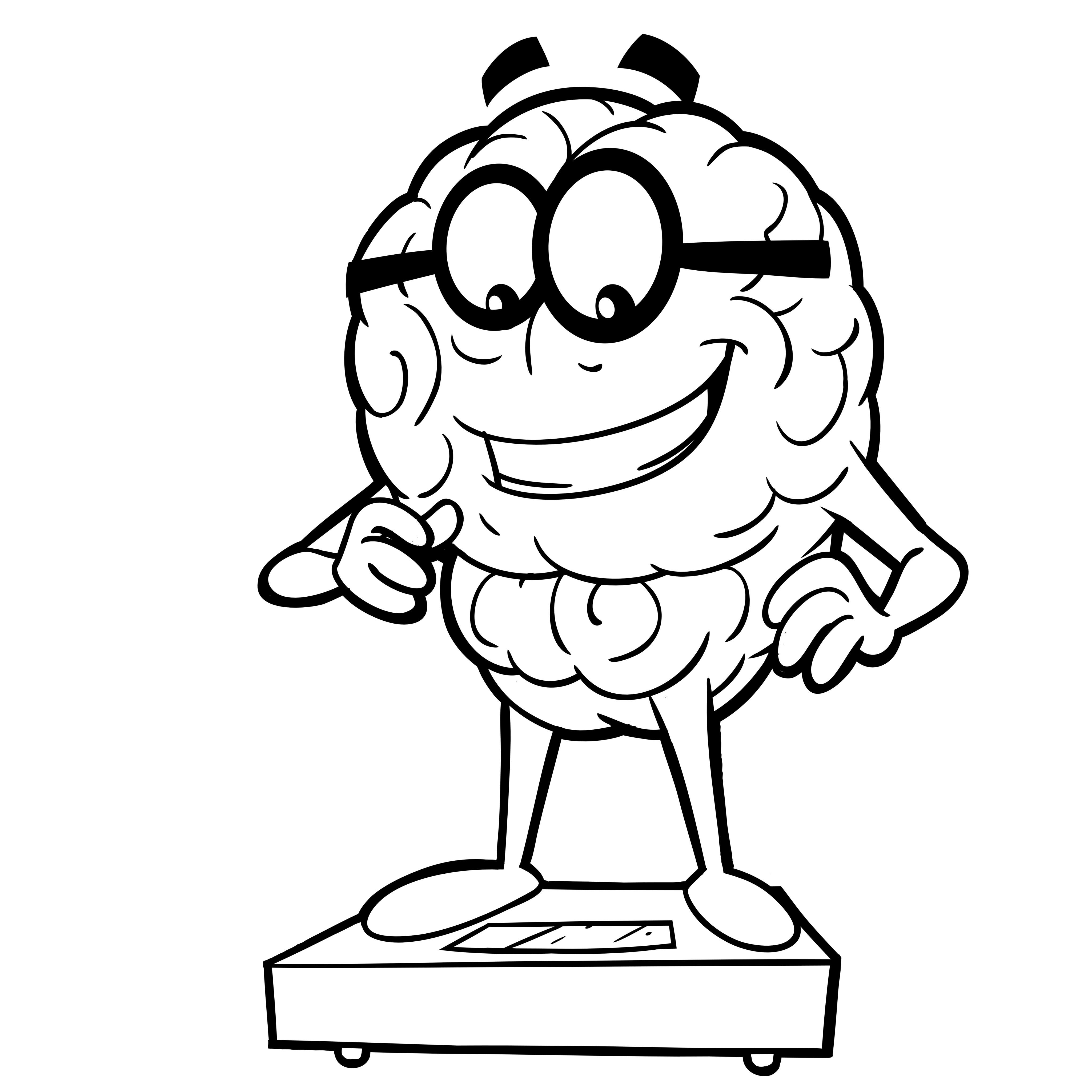 Weigh yourself in your underwear or clothes that you will wear each week on the same scales—no belt, shoes, sweater, or jacket.
Weigh yourself in your underwear or clothes that you will wear each week on the same scales—no belt, shoes, sweater, or jacket.- Measure your waist around the level of your belly button.
- Calculate your Body Mass Index using the BMI chart. Use your height in centimeters.
- Record data on the Weekly Comparison form.
- Write in your own goal on the Daily Goals form.
- Post it where you can see it easily. Record your data each day.
Stress is information overload at the cellular level
—Candace B. Pert, PhD
Overview
| The greatest weapon against stress is our ability to choose one thought over another. ―Williams James |
- Stressor management is a key component of a Longevity Lifestyle. The goal is not to try to get rid of stress: stress is simply part of being alive. Some types of stress are positive and help you to learn and grow. The goal is to manage all types of negative stressors effectively. In response to a stressor, Corticotropin Releasing Factor (CRF)—both a hormone and a neurotransmitter—
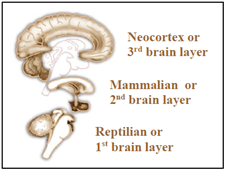 triggers the “alarm center” deep in the 1st brain layer that initiates the stress response. The release of stress hormones (including CRF, cortisol, and adrenalin), when the stress response is triggered either frequently or prolonged, can result in suppressed brain and immune system functions, accelerated aging, eating outside of nutritional balance, and damage to brain cells. Runaway secretion of CRF is a core feature of anxiety and depression.
triggers the “alarm center” deep in the 1st brain layer that initiates the stress response. The release of stress hormones (including CRF, cortisol, and adrenalin), when the stress response is triggered either frequently or prolonged, can result in suppressed brain and immune system functions, accelerated aging, eating outside of nutritional balance, and damage to brain cells. Runaway secretion of CRF is a core feature of anxiety and depression.
- Stress responses are typically learned—often in childhood—by watching how family members and other adults react to situations. Responses tend to relate to personal levels of flexibility. In adulthood, some still react to negative stressors using early learned patterns of behaviors, many of which can be unhelpful.
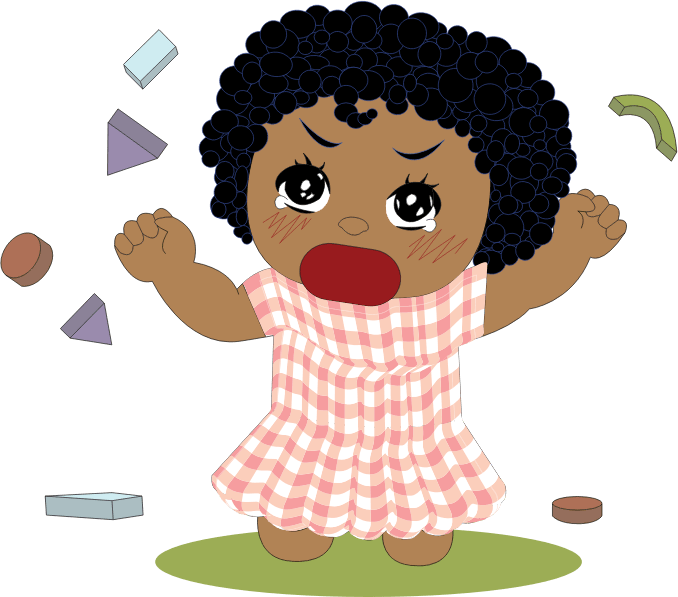 Unmanaged stress reactions can . . .
Unmanaged stress reactions can . . .
-
- Interfere with cognitive ability.
- Decrease libido and ability to conceive.
- Lower energy potential by 30%.
- Increase the risk for illness and chronic diseases.
- Potentially kill brain cells
- Damage body organs.
- An individual’s external and internal environments—along with negative stressors—have a tremendous impact on the brain and nervous system, overall health, and a person’s ability to learn and retain information and later recall it.
Studies have shown that when a child or adult experiences stressors involving the protective emotions—especially anger, fear, anxiety, , or frustration—the Autonomic Nervous System (ANS), which regulates over 90 percent of brain-body internal functions, operates with less coherence, efficiency, and balance. In turn,It’s not so much what happens that matters as what you think about what happens.
—Epictetus this can lead to disordered incoherence in the heart’s rhythms, negatively impacting the rest of the body.
this can lead to disordered incoherence in the heart’s rhythms, negatively impacting the rest of the body.
- Look ahead. Metaphorically, use your binoculars. Prevention through effective stressor management typically beats cure. While prevention cannot undo the past, it can minimize replicating damage in the future and may even mitigate existing injury. Both the brain and body are quite resilient.
 It’s often months or even years of “mis-living” before symptoms of imbalance show up in the form of illness and disease. Nevertheless, steps taken today may result in improvements down the line. And sooner than one might think! Success involves identifying unhealthy (often automatic) habits and replacing them with healthier habits, which can become automatic over time. Practically apply strategies that have been shown to be effective and avoid those that have not. This demands daily vigilance along with a lifetime commitment. But it can be done!
It’s often months or even years of “mis-living” before symptoms of imbalance show up in the form of illness and disease. Nevertheless, steps taken today may result in improvements down the line. And sooner than one might think! Success involves identifying unhealthy (often automatic) habits and replacing them with healthier habits, which can become automatic over time. Practically apply strategies that have been shown to be effective and avoid those that have not. This demands daily vigilance along with a lifetime commitment. But it can be done!
Stress is a condition, sense, or feeling that is experienced by individuals who perceive that the demands upon them exceed the personal and social resources they are able to mobilize.
—Richard S. Lazarus, PhD
 Reminder: Drink a glass of water. View the Educational Video. Stand and walk in place for at least a portion of the video to increase blood flow to your brain.
Reminder: Drink a glass of water. View the Educational Video. Stand and walk in place for at least a portion of the video to increase blood flow to your brain.
Science in a Nutshell
 The brain, the first body system to recognize a stressor, reacts with split-second timing.
The brain, the first body system to recognize a stressor, reacts with split-second timing. 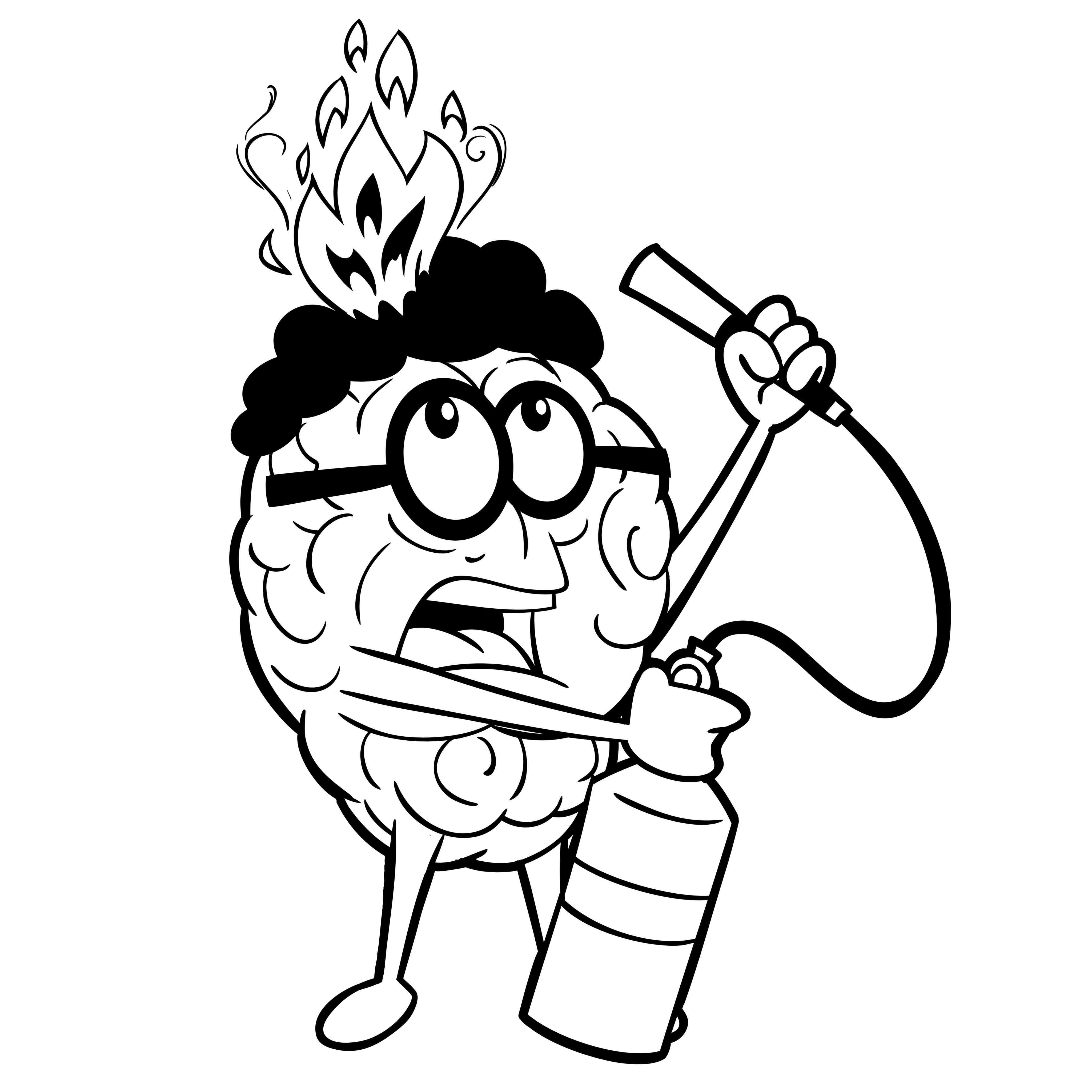 Once a stress response has been activated, it may take 72 hours for the body to return to a state of homeostasis (balance)—if effective stress-management strategies are implemented. The initial stress response can be extended longer if you keep rehearsing the event to yourself and/or others. Unmanaged stress reactions can decrease cognitive ability, lower libido, and reduce one’s energy potential by 30 percent.
Once a stress response has been activated, it may take 72 hours for the body to return to a state of homeostasis (balance)—if effective stress-management strategies are implemented. The initial stress response can be extended longer if you keep rehearsing the event to yourself and/or others. Unmanaged stress reactions can decrease cognitive ability, lower libido, and reduce one’s energy potential by 30 percent.
- Hundreds of studies have revealed the high cost of work-related stress:
-
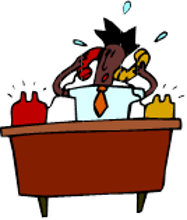 Workers with high stress are twice as likely to be absent 5 or more days a year.
Workers with high stress are twice as likely to be absent 5 or more days a year.- 40 percent of job turnover is estimated due to stress.
- 60-80 percent of accidents on the job are stress-related.
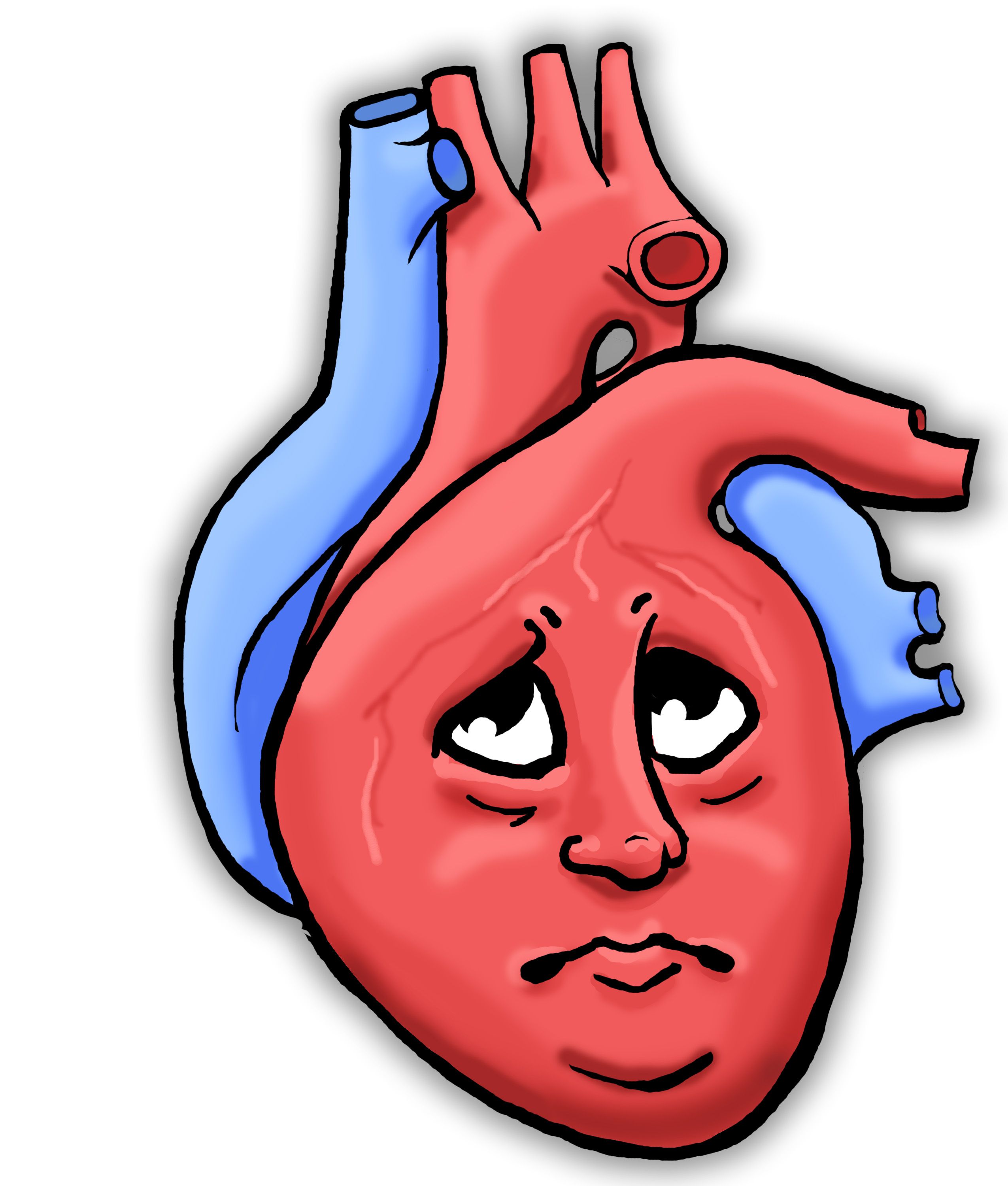 Behaviors linked with anger, hostility, and aggressiveness predict the development and progression of:
Behaviors linked with anger, hostility, and aggressiveness predict the development and progression of:
-
- Coronary Artery Disease
- High blood pressure
- Atherosclerosis and mortality
- Coronary Artery Disease
- Studies have identified three main types of stress reactions that the brain may implement when trying to cope with stressors:
-
The early bird may get the worm, but it’s the 2nd mouse that gets the cheese.
—Proverb- Fight-Flight (F/F) – Probably the most studied, F/F tends to be implemented more often by the male brain. Unmanaged it can lead to anxiety, worry, ulcers, high blood pressure, and any number of acute or chronic illnesses.

- Fight-Flight (F/F) – Probably the most studied, F/F tends to be implemented more often by the male brain. Unmanaged it can lead to anxiety, worry, ulcers, high blood pressure, and any number of acute or chronic illnesses.
-
- Tend-Befriend (T/B) – Females can exhibit fight-flight under sudden stress, but soon fall back to T/B, nurturing children and family, connecting with others, trying harder and harder to figure out a solution and resolve the conflict. Unmanaged, it can lead the individual to tolerate the intolerable, resulting in any number of stress-related symptoms, and the potential for serious injury or death.
-
- Conserve-Withdraw (C/W) – May be implemented by any human being. It involves the brain’s attempt to sit still and wait it out—attempt to recover and heal—especially when the situation appears to be unresolvable.
 For example, death of a child or spouse, terminal illness, catastrophic natural disaster. It can be helpful in the short term to allow one to catch his/her breath and recover from the shock. Unmanaged in the long term, it can lead to depression and immobility.
For example, death of a child or spouse, terminal illness, catastrophic natural disaster. It can be helpful in the short term to allow one to catch his/her breath and recover from the shock. Unmanaged in the long term, it can lead to depression and immobility.
- Conserve-Withdraw (C/W) – May be implemented by any human being. It involves the brain’s attempt to sit still and wait it out—attempt to recover and heal—especially when the situation appears to be unresolvable.
- Stress is contagious. Human beings—and mice—
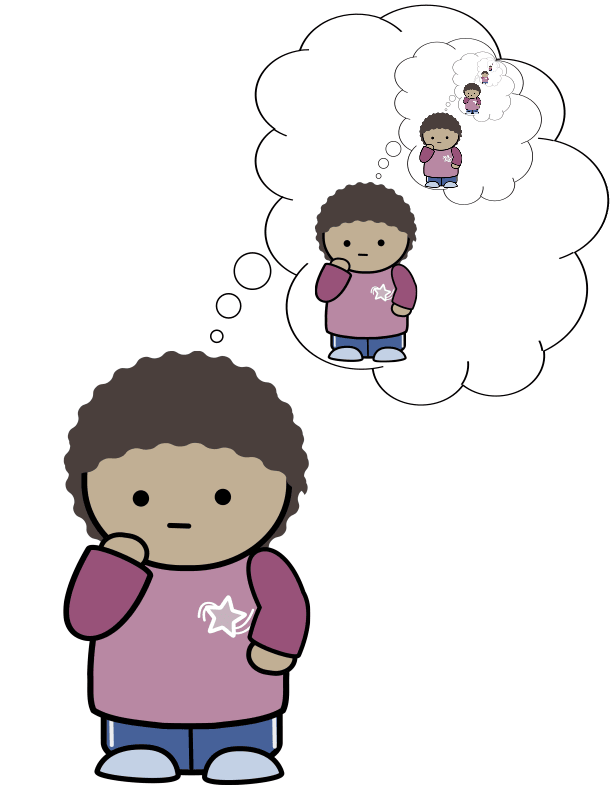 can experience negative health effects associated with second-hand stress. A study published in Nature Neuroscience reported that stress transmitted from others has the same effect on the brain as stress experienced first-hand. Researchers from the University of Calgary studied this effect in mice. They divided the mice into groups of two. Next, they exposed one mouse from each pair to a mild stressor before reuniting it back with its sheltered partner. The researchers found that both mice demonstrated very similar levels of CRF (Corticotropin releasing factor)
can experience negative health effects associated with second-hand stress. A study published in Nature Neuroscience reported that stress transmitted from others has the same effect on the brain as stress experienced first-hand. Researchers from the University of Calgary studied this effect in mice. They divided the mice into groups of two. Next, they exposed one mouse from each pair to a mild stressor before reuniting it back with its sheltered partner. The researchers found that both mice demonstrated very similar levels of CRF (Corticotropin releasing factor) in the brain and nervous system—meaning the stressed-exposed mouse transferred its stress over to its partner. Interestingly, the effects of the communicated stress on the brain could be reversed in female mice following social interaction, but not reversed in the brains of male mice. A 20-year research study by the University of London found that unmanaged reactions to stressors were a more dangerous risk factor for cancer and heart disease than either cigarette smoking or high cholesterol foods. http://www.eqhelp.com/Stress_Proof.htm
in the brain and nervous system—meaning the stressed-exposed mouse transferred its stress over to its partner. Interestingly, the effects of the communicated stress on the brain could be reversed in female mice following social interaction, but not reversed in the brains of male mice. A 20-year research study by the University of London found that unmanaged reactions to stressors were a more dangerous risk factor for cancer and heart disease than either cigarette smoking or high cholesterol foods. http://www.eqhelp.com/Stress_Proof.htm
Be who you are. Denying your authentic self may generate the most stress because your life energy is being diverted and therefore depleted. You are compromised mentally, emotionally, spiritually, and physically. Long-term, the cumulative effects can kill you.
—Phillip C. McGraw, PhD
Matter of Fact
1st
 Eustress. Eustress is a positive type of stress that can help you learn and grow and develop. Eustress can be good for you and can actually boost the immune system as long as your life activities are in balance. When you participate in choosing eustress activities—even when they take work and challenge your brain and body—undesirable consequences to your brain and body are reduced. Going on vacation can be positive or negative depending on many factors. Other examples:
Eustress. Eustress is a positive type of stress that can help you learn and grow and develop. Eustress can be good for you and can actually boost the immune system as long as your life activities are in balance. When you participate in choosing eustress activities—even when they take work and challenge your brain and body—undesirable consequences to your brain and body are reduced. Going on vacation can be positive or negative depending on many factors. Other examples:
- Meeting a deadline as long as you are successful
- Obtaining more education, receiving a promotion
- Getting married

- Having a baby or two or three
- Learning to play a musical instrument
- Participating in sports or Olympic-type events
Happiness, compassion, love, and appreciation, tend to increase order and balance in the nervous system and create harmonious heart rhythms that help to reduce stress . . . They also reduce the production of the stress hormone cortisol. In any moment of crisis, just feel grateful for something, anything. Appreciation is one of the easiest things to feel and can take the edge off even the toughest situation.
—Doc Childre & Howard Martin
2nd
| Distress erodes mental abilities and makes people less emotionally intelligent. —Daniel Goleman, PhD |
Distress. Distress can be defined as outright negative events and situations. Most people have no difficulty identifying unwanted, negative stressors, such as:
- Being fired or laid off, unemployed, bankrupt
- Earthquake or other natural disasters
- Divorce (Tends to be harder on females financially but more impactful on males emotionally.)
- Abuse, Trauma, PTSD
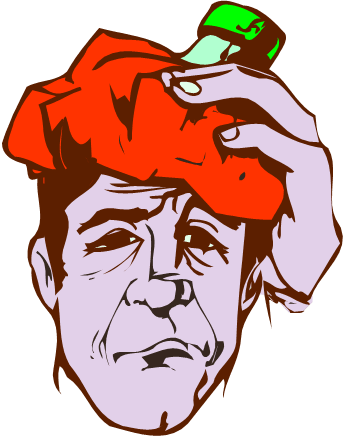
- Accidents, Addictions, Chronic diseases
- Migraines, pandemics, wars
Think ahead and avoid the situation or event whenever possible. Some can be avoided—or its impact reduced. If unavoidable, careful and effective management is important.  This may include resetting some of your boundaries, learning to say “no” or “no thanks” kindly and firmly, altering the amount of time spent with some specific individuals, and accessing your support system to help you brainstorm options for problem solving.
This may include resetting some of your boundaries, learning to say “no” or “no thanks” kindly and firmly, altering the amount of time spent with some specific individuals, and accessing your support system to help you brainstorm options for problem solving.
Not everything that is faced can be changed—but nothing can be changed until it is faced.
—James Baldwin
Reminder: Drink a glass of water to hydrate your brain.
3rd
 Misstress. Misstress can be described as hidden stress or “missed” stress. Many have difficulty identifying or recognizing this hidden type of stress, as the name implies. Misstress tends to accumulate and can produce outcomes that equal or even exceed distress.
Misstress. Misstress can be described as hidden stress or “missed” stress. Many have difficulty identifying or recognizing this hidden type of stress, as the name implies. Misstress tends to accumulate and can produce outcomes that equal or even exceed distress.
| Never argue with stupid people. They will drag you down to their level and then beat you with experience. - —Mark Twain |
Many miss the impact to their lives or fail to take action to reverse or minimize it. Misstress may include aspects of living, such as:
- An unhealthy lifestyle
- Unrealistic expectations and/or inaccurate perceptions
- Long commutes or forced remote learning or working
- High alcohol intake or use of drugs
- Excessive use of electronics and/or social media
- Frequent arguing with others that can depress immune system function

- Unmanaged emotions and feelings with low levels of Emotional Intelligence (EQ)
- Watching scary movies that can disrupt sleep and suppress immune function
Note: The good news is that distress and misstress events can sometimes be transformed into eustress simply by changing your perceptions of the event or your expectations around it.
Your living is determined not so much by what life brings to you as by the attitude you bring to life; not so much by what happens to you as by the way your mind looks at what happens.
—Khalil Gibran
4th
M-F Differences. Effective stressor management is critical for everyone but especially for females as they may be twice as vulnerable to stress-related disorders such as depression and PTSD. Studies with rats showed that male and female brains responded very differently to Corticotropin Releasing Factor (CRF) released in response to stressors. [ [http://www.nimh.nih.gov/science-news/2010/stress-hormone-receptors-less-adaptive-in-female-brain.shtml?WT.mc_id=twitter&sms_ss=email]
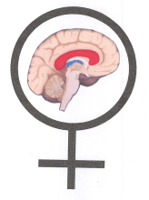 In females, receptor molecules on the cell surfaces allowed CRF to freely enter the cells, making the stress reaction much stronger.
In females, receptor molecules on the cell surfaces allowed CRF to freely enter the cells, making the stress reaction much stronger.
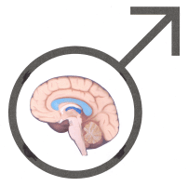 In the male rats, about half of the receptor molecules were inactivated so only half as much CRF entered each cell, making the stress reaction less strong. The less-intense stress response in the present moment, however, may be more problematic over time for males, increasing their risk for a Major Depressive Episode (MDE) 25 years later.
In the male rats, about half of the receptor molecules were inactivated so only half as much CRF entered each cell, making the stress reaction less strong. The less-intense stress response in the present moment, however, may be more problematic over time for males, increasing their risk for a Major Depressive Episode (MDE) 25 years later.
Researchers at the University of Michigan, Ann Arbor, studied Stressful Life Events (SLE) and the risk of a MDE 25 years later.  Data broken out by gender and race showed no difference in MDEs for females regardless of race. This may reflect coping strategies such as relational connections, faith, support networks, spirituality, religion, and emotional expression.
Data broken out by gender and race showed no difference in MDEs for females regardless of race. This may reflect coping strategies such as relational connections, faith, support networks, spirituality, religion, and emotional expression.
 In males, despite higher levels of exposure to SLE, black males showed disproportionally lower rates of MDE (compared with white males).
In males, despite higher levels of exposure to SLE, black males showed disproportionally lower rates of MDE (compared with white males).  This may reflect a tendency for black males to implement adaptive coping strategies, including positive reappraisal, and maintenance of hope and optimism.
This may reflect a tendency for black males to implement adaptive coping strategies, including positive reappraisal, and maintenance of hope and optimism.
Understanding that male brains tend to underreact to stressors in the present. They can . . .
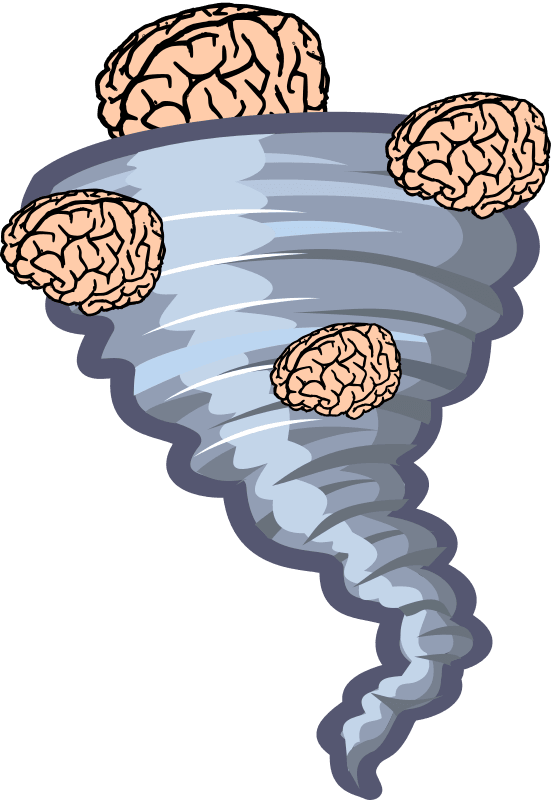 Learn to identify stressors in the moment as accurately as possible and avoid ‘blowing them off’ as no big deal.
Learn to identify stressors in the moment as accurately as possible and avoid ‘blowing them off’ as no big deal.- Collaborate with a trusted female brain to get another perspective and use that to help them create and implement appropriate strategies to manage stressors now—even if they don’t register it as all that serious—which can help reduce their risk for MDEs in the long term.
Understanding that the female brain tends to overreact to stressors in the short term. They can . . .
- Learn to identify stressors in the moment as accurately as possible and avoid over-reacting and “blowing them all out of proportion.”
- Collaborate with a trusted male friend and use his differing perspective to craft and implement appropriate coping strategies to help them deal with the stressors effectively and timely.
The female alarm system is more sensitive to stressors and to Corticotropin Releasing factor (CRF), period. Even in the absence of stressors, the female stress signaling system is more sensitive from the start.
—Debra Bangasser, PhD
5th
Negative stressors are a two-way freeway. They can trigger addictive behaviors. In turn, addictive behaviors of almost any type are a form of negative stress because over time they lead to an imbalance in the brain and body. Picture the brain as containing its own pharmacy.
stress because over time they lead to an imbalance in the brain and body. Picture the brain as containing its own pharmacy. 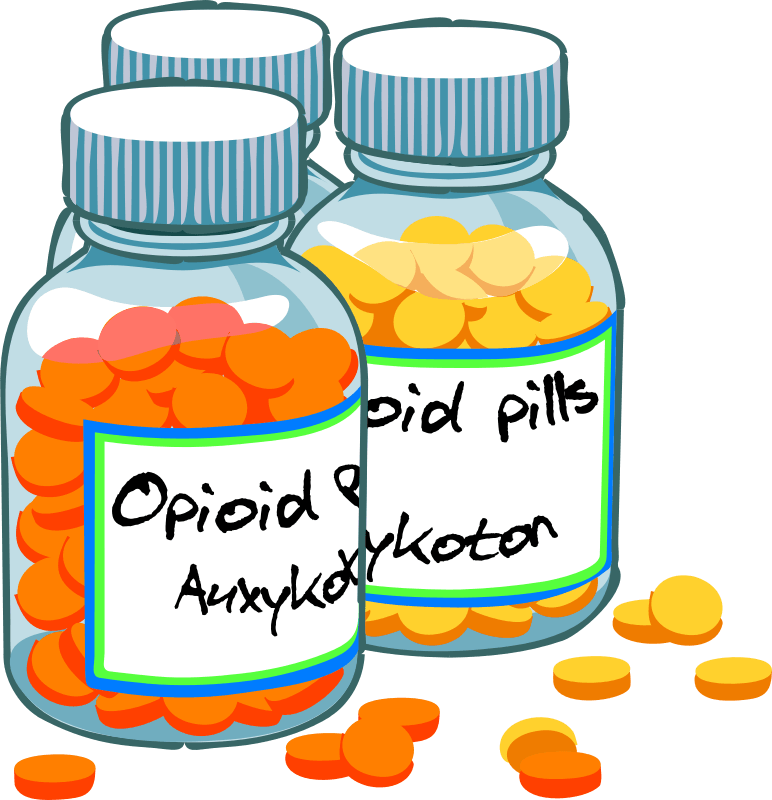 Based on past experience, cravings push a person toward a substance or behavior that triggers the BRS to release substances such as dopamine, serotonin, and endorphins. They help a person temporarily feel better. Not necessarily wonderful, just better than he or she felt before. It can be a fast way to get temporary relief from negative feelings, but long-term outcomes can involve illness, disease, and even death. Drugs (prescription and non-prescription), alcohol, tobacco, sex, gambling, and foods and beverages can activate the Brain Reward System (BRS)—which likes them all. Even the overeating of healthier food can stretch the stomach causing internal pain, which results in the release of substances that combat pain such as endorphins. So can overexercising. So can “cutting” oneself.
Based on past experience, cravings push a person toward a substance or behavior that triggers the BRS to release substances such as dopamine, serotonin, and endorphins. They help a person temporarily feel better. Not necessarily wonderful, just better than he or she felt before. It can be a fast way to get temporary relief from negative feelings, but long-term outcomes can involve illness, disease, and even death. Drugs (prescription and non-prescription), alcohol, tobacco, sex, gambling, and foods and beverages can activate the Brain Reward System (BRS)—which likes them all. Even the overeating of healthier food can stretch the stomach causing internal pain, which results in the release of substances that combat pain such as endorphins. So can overexercising. So can “cutting” oneself.
Some foods tend to trigger addictive-like behaviors—at least in some people—and act as negative stressors. Sugar triggers the release of opiates in the brain which can urge you to eat. Many simple carbs in the form of sugar, white flour, and products made with them (often combined with dairy and fat) do this. During digestion, the casein in cheese breaks apart, releasing morphine-like compounds known as casomorphins, opiates that make you crave more. Brown chocolate contains theobromine—toxic to dogs and sometimes even to bears—that is analogous to caffeine in the human body. In combination with sugar and fat, chocolate can trigger the BRS to push you to eat  more--and more!
more--and more!  Chocolate supposedly reaches its point of maximal irresistibility when made with a 50-50 mixture of sugar and fat. When a company advertises,
Chocolate supposedly reaches its point of maximal irresistibility when made with a 50-50 mixture of sugar and fat. When a company advertises, 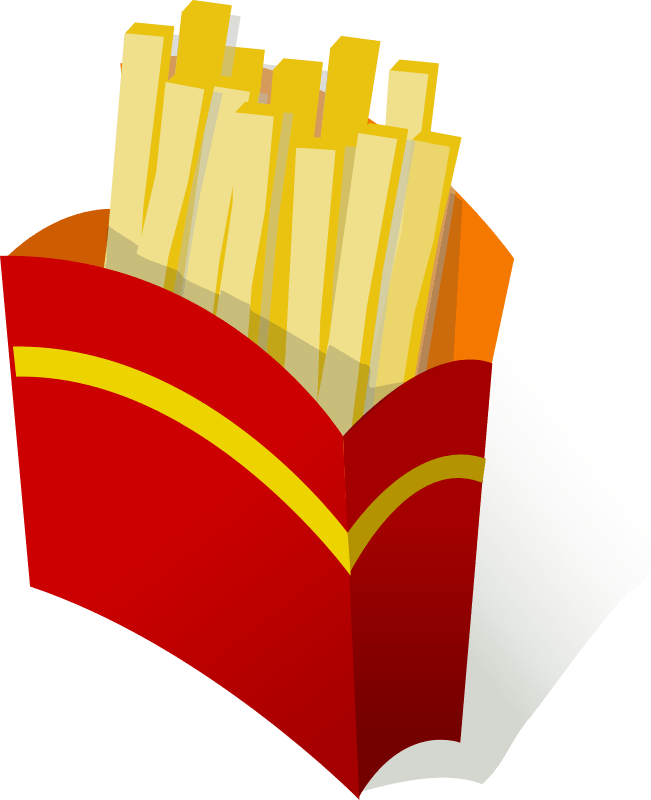 “Bet you can’t eat just one” (whether it is pizza, chocolate, or fries), there is clearly a reason.
“Bet you can’t eat just one” (whether it is pizza, chocolate, or fries), there is clearly a reason.
Cravings for comfort foods (“so-called”) may be explained in part by the fact that these foods increase levels of serotonin, a compound found in the brain that may be present in lower amounts in depression. Behaviors such as gambling and other high-risk activities (e.g., unsafe sex, fixation on another person, excessive time on social media waiting for messages) can release adrenalin. As adrenalin levels rise, so do levels of the feel-better chemical, dopamine—all linked with the BRS.
Aging is the sum of all the stresses that have acted upon the body during a lifespan.
—Hans Selye
 Reminder: Drink a glass of water. Listen to Chapter 13 of “Just the Facts.” If possible, walk around the room while you listen. At least walk in place.
Reminder: Drink a glass of water. Listen to Chapter 13 of “Just the Facts.” If possible, walk around the room while you listen. At least walk in place.
6th
Downshifting. In stressful situations that involve anger, fear, trauma, crisis, or threat (e.g., anything that triggers a sense of helplessness as in abuse or natural disaster), the brain tends to shift its attention and energy automatically away from the neocortex to the reptilian brain attempting to access functions that promote safety. When downshifted, the brain tends to experience a sense of anxiety rather than the excitement of a challenge.  This “cognitive driving” (compare to a vehicle with an automatic transmission) is typically done in the 3rd layer. In downshifting, the 1st layer grabs the driving controls reactively. If brain attention and energy become divided among the three brain layers, the neocortex may think one thing, the mammalian layer may trigger emotional impulses, and the reptilian layer may react from instinctual urges that differ from either thoughts or emotions.
This “cognitive driving” (compare to a vehicle with an automatic transmission) is typically done in the 3rd layer. In downshifting, the 1st layer grabs the driving controls reactively. If brain attention and energy become divided among the three brain layers, the neocortex may think one thing, the mammalian layer may trigger emotional impulses, and the reptilian layer may react from instinctual urges that differ from either thoughts or emotions. 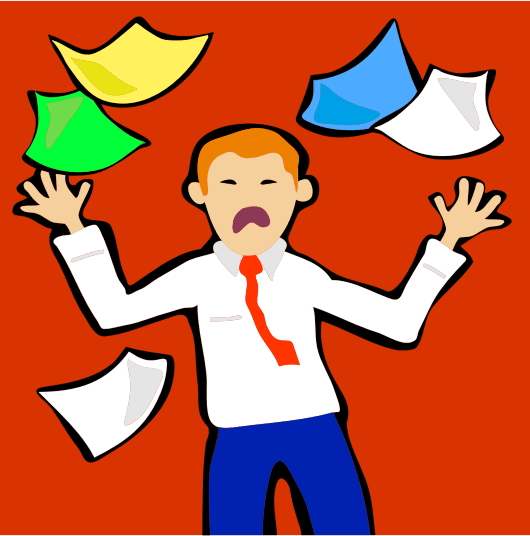 Symptoms include reverting to former less-functional behaviors and a lack of easy access to conscious, cognitive thought. Downshifting is a major contributor to conflict and misunderstanding.
Symptoms include reverting to former less-functional behaviors and a lack of easy access to conscious, cognitive thought. Downshifting is a major contributor to conflict and misunderstanding.
 To manage stressors effectively, it helps to identify downshifted states quickly and upshift as soon as possible. Picture yourself as climbing back up to the brain’s 3rd layer. To upshift, select at least two strategies and preplan to use whenever you become aware that your brain has downshifted. For example:
To manage stressors effectively, it helps to identify downshifted states quickly and upshift as soon as possible. Picture yourself as climbing back up to the brain’s 3rd layer. To upshift, select at least two strategies and preplan to use whenever you become aware that your brain has downshifted. For example:
- Think of something humorous and choose to laugh. (Humor and mirthful laughter are 3rd layer cognitive functions.)
 Also, anything that requires conscious thought (e.g., singing or playing a musical instrument, reciting a poem, cross-lateral exercises, positive self-talk), can help you upshift into the 3rd brain layer.
Also, anything that requires conscious thought (e.g., singing or playing a musical instrument, reciting a poem, cross-lateral exercises, positive self-talk), can help you upshift into the 3rd brain layer.
- Identify something for which to be grateful. It is physiologically impossible for the brain to be in a simultaneous state of fear and gratitude.
Remember: Downshifting occurs automatically when the brain feels unsafe. Upshifting occurs by choice.
When humans are under stress, their brains automatically "downshift" to a lower functioning level. This design allows fingers to pull away from a hot pan before the thought "I need a potholder" can even be formulated, but it just as easily sacrifices thinking and learning to such "survival" responses. Under stress, humans drop from the thinking level, to the emotional level, and eventually to the "fight or flight" survival level.
—Renate & Geoffrey Caine
7th
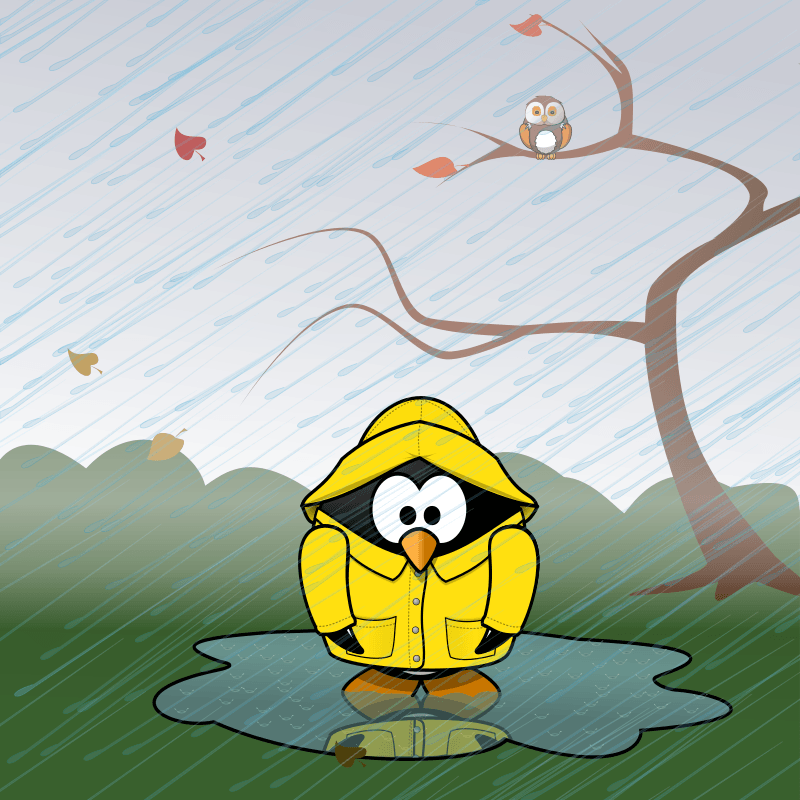 Self-care. Stress is a relative concept because every brain is unique. Stress responses are typically learned and often relate to personal flexibility. Note: trees that cannot flex with the wind are at high risk of uprooting in a storm.) Since stress responses are learned, if the ones you have been using are not providing positive outcomes, you can choose to develop new and more beneficial responses. Several key tasks can help you enhance self-care as you engage in stressor management:
Self-care. Stress is a relative concept because every brain is unique. Stress responses are typically learned and often relate to personal flexibility. Note: trees that cannot flex with the wind are at high risk of uprooting in a storm.) Since stress responses are learned, if the ones you have been using are not providing positive outcomes, you can choose to develop new and more beneficial responses. Several key tasks can help you enhance self-care as you engage in stressor management: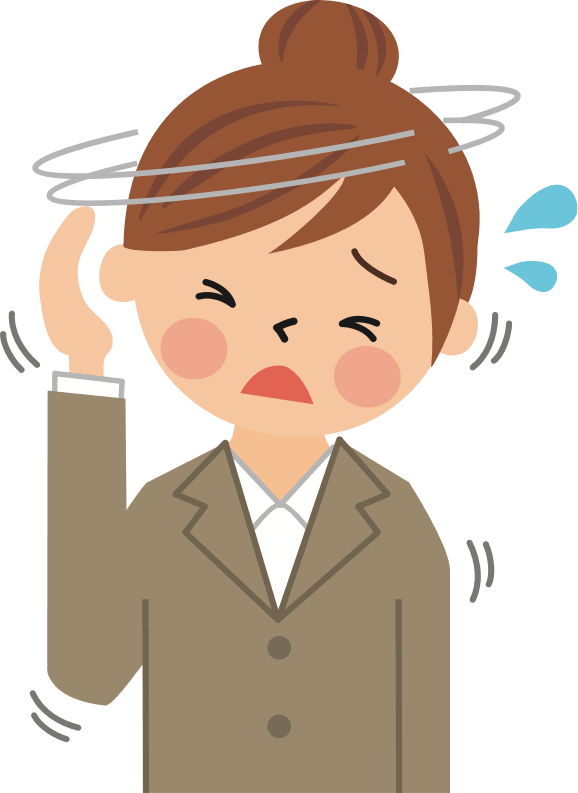
- Take a self-inventory of how you tend to manage stressors. Be completely honest; otherwise, you will continue doing what you have been doing and getting the outcomes you have been getting.
- Identify your own key stressors as you currently perceive them. You can manage only what you can label and describe.
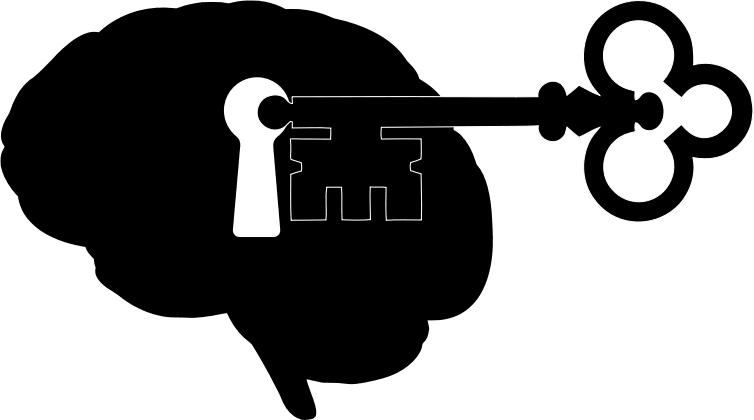 Assign each to one of the three main categories: eustress, distress, and misstress. What symptoms does each produce? What behaviors do you exhibit?
Assign each to one of the three main categories: eustress, distress, and misstress. What symptoms does each produce? What behaviors do you exhibit?
How long do the symptoms last? Are you able to resolve them, or do they hang on even if they have been temporarily “swept under the rug,” so to speak?Dehydration is the number one cause of stress in the human body.
―M. J. Pangman
- Review the components of a Longevity Lifestyle and identify any that you have failed to implement or that have fallen by the way. Get back on track! A Longevity Lifestyle is really a stress-management
 style of daily living that involves solid self-care to maintain for the rest of your life. Check to verify that you:
style of daily living that involves solid self-care to maintain for the rest of your life. Check to verify that you:
- Have a growth mindset and positive self-talk.
- Are honing Emotional Intelligence skills.
- Obtain physical and mental exercise.
- Get the sleep your brain and body require.
- Stay hydrated on a daily basis.
- Practice proactive brain-body safety.
- Obtain sunlight to entrain your brain clock.
- Ingest quality foods in balance.
- Hone your sense of humor and laugh a lot.
- Have a support network in place.
- Are serious about stressor management.
- Have high life satisfaction. (Coming up in the next module)
Pathology that is seen to be associated with ‘social stresses—fear, anxiety, insecurity, persistent emotional and matrimonial problems—and the establishment of depression are the results of water deficiency to the point that the water requirement of brain tissue is affected.
—F. Batmanghelidj, MD
 Reminder: Drink a glass of water. Watch the short Birds & Brains video. Stand and walk in place for at least part of the video.
Reminder: Drink a glass of water. Watch the short Birds & Brains video. Stand and walk in place for at least part of the video.
Practical Applications
- Engage in family-of-origin work to identify behavioral patterns and habits common to your family system that may be negatively impacting your choices now.
 Be your own detective and discover whatever you can about your “family tree.” Estimates are that only 20 percent of the negative impact to your brain and body is due to the event or situation itself; 80 percent is due to your perception of the event, the importance or weight you place upon it. That is a 1-to-4 ratio. Sometimes referred to as the 20:80 Rule, it says that sometimes you cannot avoid the event or situation and the resulting 20 percent of negative stress. However, you can do almost everything about the 80 percent because your brain creates your perception along with the weight and importance you give to it. Live the 20:80 Rule.
Be your own detective and discover whatever you can about your “family tree.” Estimates are that only 20 percent of the negative impact to your brain and body is due to the event or situation itself; 80 percent is due to your perception of the event, the importance or weight you place upon it. That is a 1-to-4 ratio. Sometimes referred to as the 20:80 Rule, it says that sometimes you cannot avoid the event or situation and the resulting 20 percent of negative stress. However, you can do almost everything about the 80 percent because your brain creates your perception along with the weight and importance you give to it. Live the 20:80 Rule. - Estimates are that almost every human brain struggles with some type of undesirable behavior including habits and even addictive behaviors.
 Picture a craving simply as your brain begging for—even demanding—some of the rewards it used to get. Just because your brain demands a specific reward doesn’t mean you need to provide it. Who’s the adult here? Dig to discover the payoff from the old behavior. You can deal with something once you can label and describe it. The results of a pilot study led by Thilo Deckersbach, PhD, of Harvard Medical School in Boston, demonstrated a reversal of obesity-related abnormalities in the Brain Reward System in response to food cues. This suggests it is possible to rewire your BRS by changing your behaviors—mindfully and consistently.
Picture a craving simply as your brain begging for—even demanding—some of the rewards it used to get. Just because your brain demands a specific reward doesn’t mean you need to provide it. Who’s the adult here? Dig to discover the payoff from the old behavior. You can deal with something once you can label and describe it. The results of a pilot study led by Thilo Deckersbach, PhD, of Harvard Medical School in Boston, demonstrated a reversal of obesity-related abnormalities in the Brain Reward System in response to food cues. This suggests it is possible to rewire your BRS by changing your behaviors—mindfully and consistently. - It is possible to develop effective management strategies for dealing with stressors:
- Identify areas of your life in which you have at least partial if not complete control. Become realistic in your perception of what can be controlled and what is outside of your control. Control what you can. What is outside of your control, choose a growth mindset that says: “(Your name_____, you know it is what it is. You can only control your response to what is. You choose to roll with it, making the best decisions you can to reduce negative stress.”
- When you must give something up, you always get something—if you are open to what you get. Therefore, look for opportunities that are created by sudden and especially unexpected change.
 If you discover more than one, compare them two at time until you find one with more pros than cons. Rather than feeling discouraged and repressed, enjoy the challenge of recognizing and seizing a new option. Become actively involved, choosing to think positively about the opportunity.
If you discover more than one, compare them two at time until you find one with more pros than cons. Rather than feeling discouraged and repressed, enjoy the challenge of recognizing and seizing a new option. Become actively involved, choosing to think positively about the opportunity. - Individuals are less likely to suffer more severely from stressors when they are doing what they really want to do at least some of the time. Therefore, they consciously and consistently include rewarding activities in their personal lives on a routine basis. Perhaps the change is giving them more time to work on a favorite hobby, or finish writing an article or book, or volunteer at retirement centers once a week to contribute their musical talents to the residents. The sky is the limit!
- Identify areas of your life in which you have at least partial if not complete control. Become realistic in your perception of what can be controlled and what is outside of your control. Control what you can. What is outside of your control, choose a growth mindset that says: “(Your name_____, you know it is what it is. You can only control your response to what is. You choose to roll with it, making the best decisions you can to reduce negative stress.”
- Stress is simply the price human beings pay for being alive. Whenever you ask your brain and body to do anything different (even standing from a sitting position), this creates stress related to the change. When the brain and body can no longer respond to change, life is over.
 Nassim Nicholas Taleb, a risk-management specialist, defined fragility as a tendency to become negatively stressed and damaged when in an environment with volatility, unpredictability, and uncertainty—the type of behaviors that often trigger chronic stress responses. Reportedly, he also used the term antifragile to describe the conscious choice to apply one’s strengths to overcoming challenges.
Nassim Nicholas Taleb, a risk-management specialist, defined fragility as a tendency to become negatively stressed and damaged when in an environment with volatility, unpredictability, and uncertainty—the type of behaviors that often trigger chronic stress responses. Reportedly, he also used the term antifragile to describe the conscious choice to apply one’s strengths to overcoming challenges. 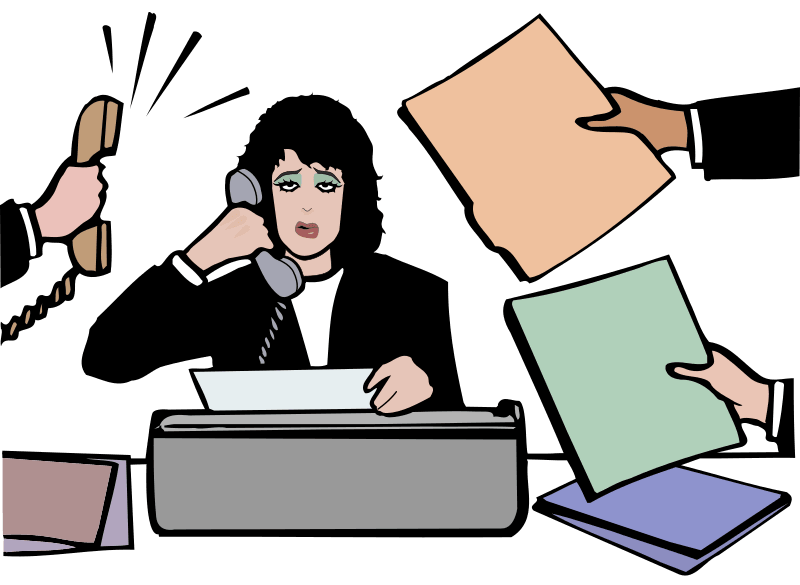 Through developing effective-stress management strategies, it is possible to become more stress resilient. Simply raising your level of Emotional Intelligence skills can provide a buffer against stressors. Individuals with high EQ are better able to appraise stressful situations and view them as challenging versus personally threatening.
Through developing effective-stress management strategies, it is possible to become more stress resilient. Simply raising your level of Emotional Intelligence skills can provide a buffer against stressors. Individuals with high EQ are better able to appraise stressful situations and view them as challenging versus personally threatening.
Some neurotransmitters, like dopamine, essential to feelings of pleasure and reward, are also depleted by stress and a lack of sleep.
—Psychology Today
Reminder: Drink a glass of water as you dig into this last section. How are you choosing to apply this information practically in your everyday life?
Think & Do
- What are your habits for managing distress and misstress events?
First, identify the type of stressor you are dealing with.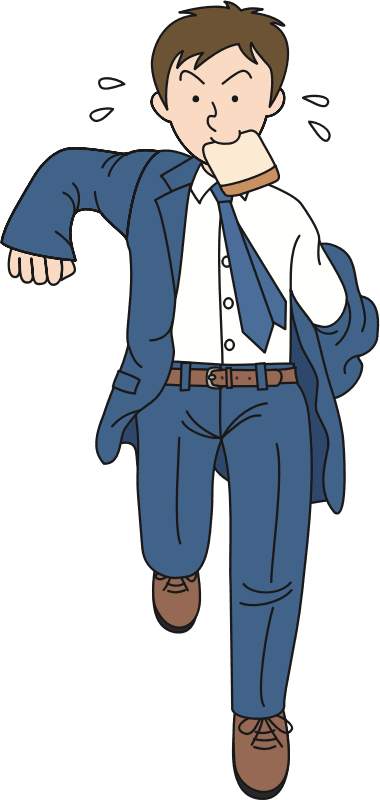 Is it distress or misstress? Next, ask yourself if the stressor can be transformed into eustress (positive stress) by altering your expectations or perceptions. If yes, go for it. If no, then ask how much it will matter 12 months from now. If it will have little consequence, let it go. If it may have large consequences, access your support network to help you identify options and problem-solve.
Is it distress or misstress? Next, ask yourself if the stressor can be transformed into eustress (positive stress) by altering your expectations or perceptions. If yes, go for it. If no, then ask how much it will matter 12 months from now. If it will have little consequence, let it go. If it may have large consequences, access your support network to help you identify options and problem-solve. - Did you know that being exposed to repeated and unpredictable stressors over which you have little if any control can be very damaging?
 Protect yourself. Find a way to shield yourself or stop being exposed to stressors such as:
Protect yourself. Find a way to shield yourself or stop being exposed to stressors such as:
-
- Abusive rage-aholic family or friends, or those who continue to treat you badly. (And you never know when that will happen.)
- A pattern of cheating by a partner.
- A relationship with serious addictions, e.g., substances, pornography, infidelity, abuse.
- A boss, supervisor, or other employee who flies into rages and demeans you.
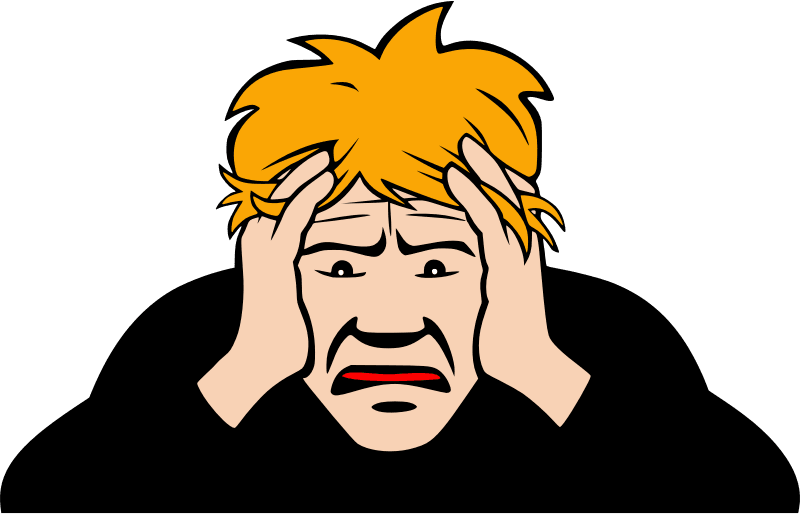 Do you use the 20:80 Rule?
Do you use the 20:80 Rule?
Only 20 percent of any negative effect to your brain and body is due to the event, while 80% is due to your perception of the event and the weight you give to it. Even when you can’t do anything about the 20 percent, you can do almost everything about the 80 percent. That goes back to mindset and self-talk.- What specific strategies are in your toolbox to help you deal with the 80 percent?
 Music can help you with the 80 percent. If you sing, sing. Play an instrument. Play. Are you a dedicated listener? Listen to upbeat, happy music. Researcher Shelley E. Taylor, PhD, suggests identifying your “gold medal” moment—a time or an event in life that was especially pleasing and rewarding.
Music can help you with the 80 percent. If you sing, sing. Play an instrument. Play. Are you a dedicated listener? Listen to upbeat, happy music. Researcher Shelley E. Taylor, PhD, suggests identifying your “gold medal” moment—a time or an event in life that was especially pleasing and rewarding. Everyone has at least one. When you recognize a stressor or perceive a negative interpretation of an event, recall your gold medal moment. Reliving it in memory can help you move into the 80 percent of the 20:80 Rule.
Everyone has at least one. When you recognize a stressor or perceive a negative interpretation of an event, recall your gold medal moment. Reliving it in memory can help you move into the 80 percent of the 20:80 Rule.
Some things can be an emotional antidote to stress or illness. These include humor, laughter, appreciation of life, responding to art, music, social support system, and so on.
—Norman Cousins
Slow & Steady Wins
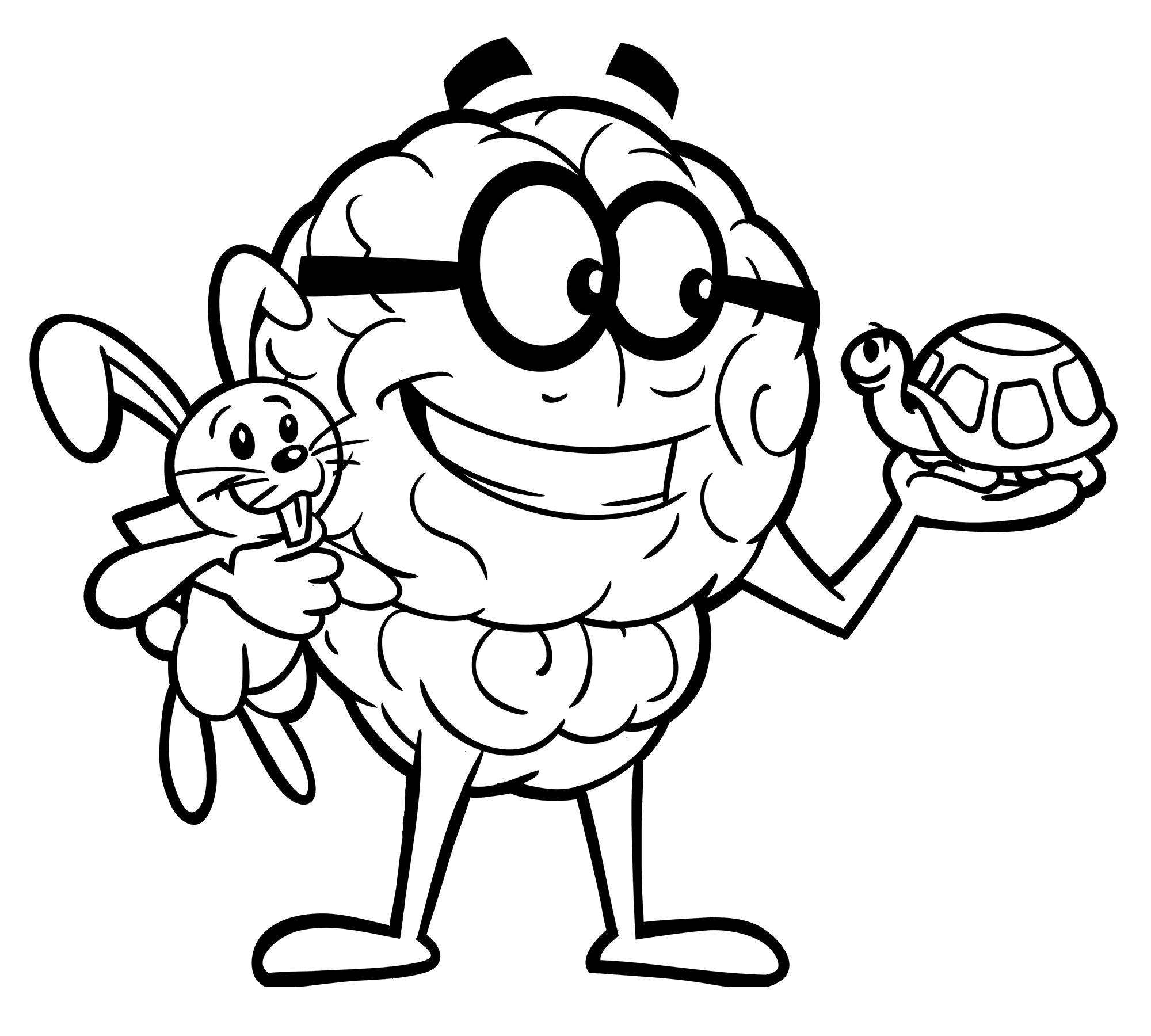 Concentrate on Module 11 during this entire week. Do your Daily Goals; reread the sections; relisten to the Videos and audiobook excerpts. It takes the average adult four times through to really absorb the material and turn it into a new behavior. If you want positive results, rushing through the material just because you can, may not provide the desired outcome.
Concentrate on Module 11 during this entire week. Do your Daily Goals; reread the sections; relisten to the Videos and audiobook excerpts. It takes the average adult four times through to really absorb the material and turn it into a new behavior. If you want positive results, rushing through the material just because you can, may not provide the desired outcome.
Practice, practice, and practice the new strategies you are learning. Get plenty of sleep so your brain has time to ‘consolidate’ —transfer—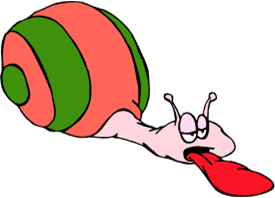 what you are learning from short term to long term memory. Drink plenty of water to keep your brain hydrated and able to generate the mental energy you need. Your thinking cells—called neurons—are estimated to be about 85 percent water. Dehydration is unhelpful in brain central—especially unhelpful when managing distress and misstress!
what you are learning from short term to long term memory. Drink plenty of water to keep your brain hydrated and able to generate the mental energy you need. Your thinking cells—called neurons—are estimated to be about 85 percent water. Dehydration is unhelpful in brain central—especially unhelpful when managing distress and misstress!
Drinking plenty of water when enduring any type of stress is the best way to minimize its negative physiological and psychological effects.
―Nancy Hearn, CNC
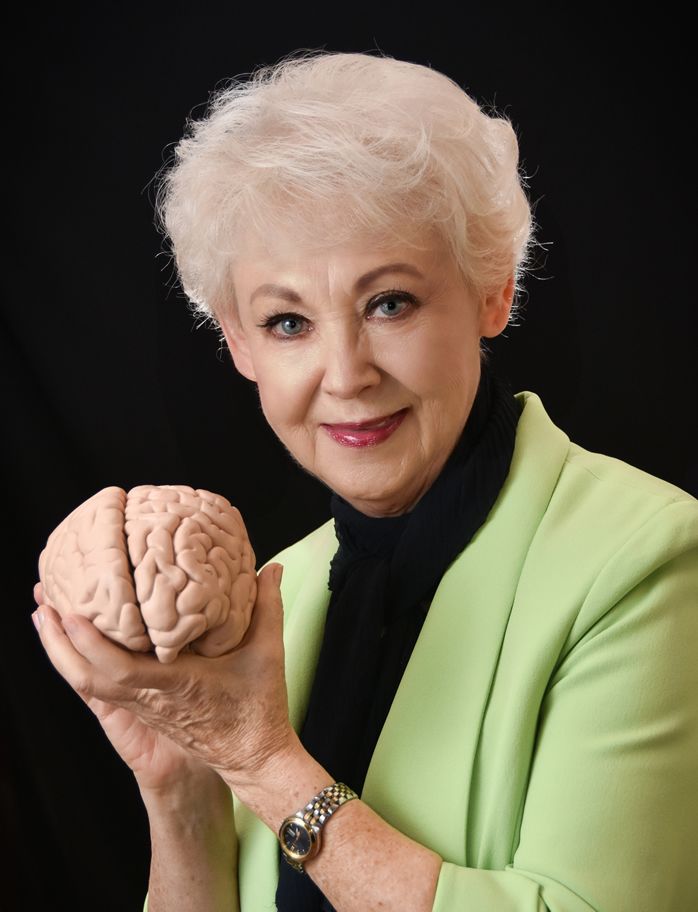
See you next week for LLM Online Module 12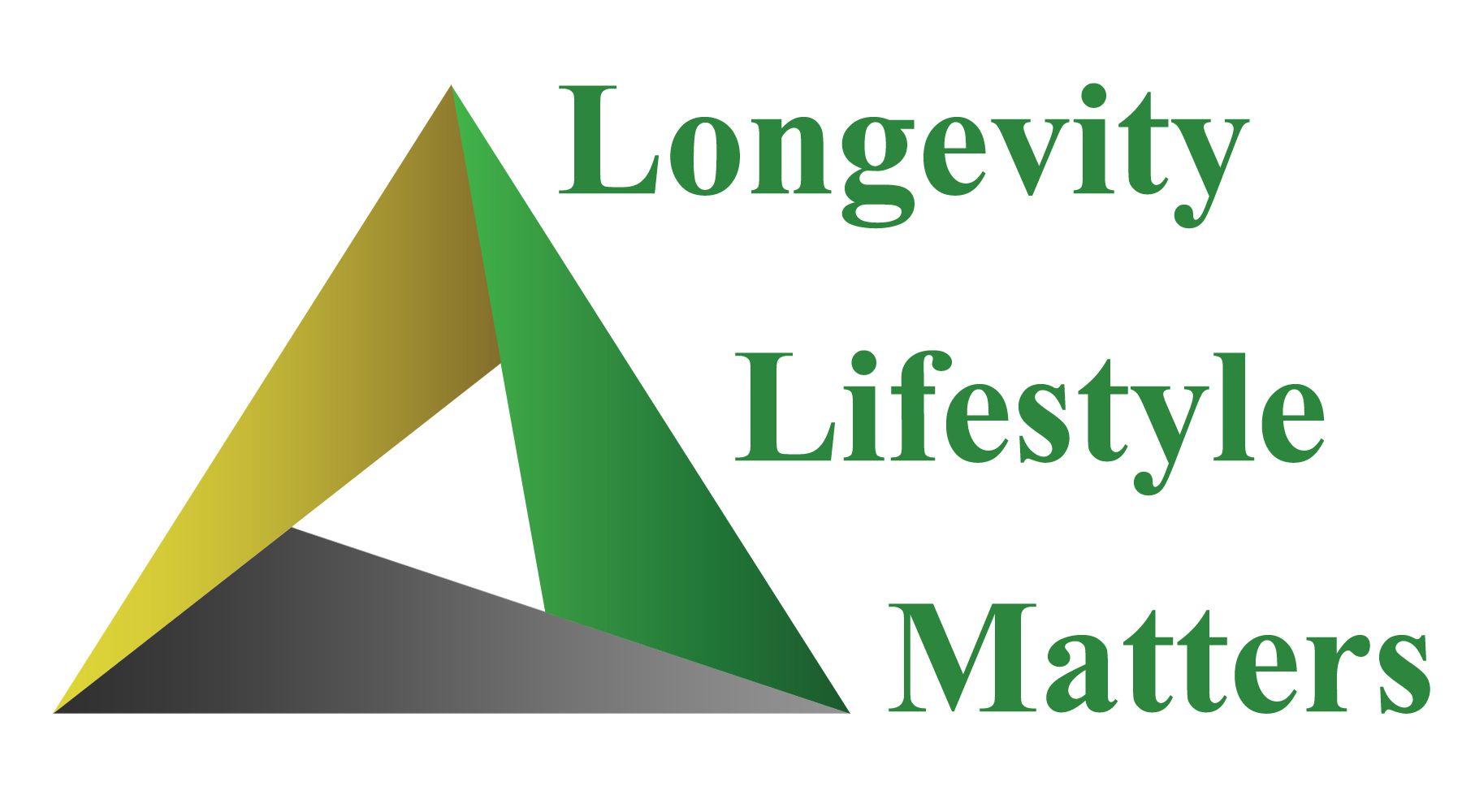
Topic:
Life Satisfaction—Linked with Longevity
Lesson List
- Module 2 – Emotional Intelligence (EQ)
- Module 2 – To Begin
- Module 2 – Slow & Steady Wins
- Module 1 – Mindset and Self-talk
- Module 1 – To Begin
- Module 1 – Slow & Steady Wins
- Module 1 – Mindset (educational video)
- Module 1 – Birds & Brains (video)
- Module 1 – Just the Facts - Chapter 1 (audio)
- Module 1 – Just the Facts - Chapter 2 (audio)
- Module 2 – EQ (Emotional Intelligence) (video)
- Module 2 – Just the Facts - Chapter 3 (audio)
- Module 4 – Sleep
- Module 4 – To Begin
- Module 4 – Slow & Steady Wins
- Module 3 – Mental & Physical Exercise
- Module 3 – To Begin
- Module 3 – Slow & Steady Wins
- Module 5 – Water
- Module 5 – To Begin
- Module 5 – Slow & Steady Wins
- Module 6 – Safety
- Module 6 – To Begin
- Module 6 – Slow & Steady Wins
- Module 7 – Sunlight
- Module 7 – To Begin
- Module 7 – Slow & Steady Wins
- Module 8 – Nutrition
- Module 8 – To Begin
- Module 8 – Slow & Steady Wins
- Module 10 – Support Network
- Module 10 – To Begin
- Module 11 – Stressors
- Module 10 – Slow & Steady Wins
- Module 9 – Laughter
- Module 9 – To Begin
- Module 11 – To Begin
- Module 9 – Slow & Steady Wins
- Module 11 – Slow & Steady Wins
- Module 12 – Life Satisfaction
- Module 12 – To Begin
- Module 12 – Slow & Steady Wins
- Module 2 — Birds & Brains, No. 2 - EQ (video)
- Module 3 – Exercise (educational video)
- Module 3 – Just the Facts - Chapter 4 (audio)
- Module 3 – Just the Facts - Chapter 5 (audio)
- Module 3 – Birds & Brains, No. 3 - Exercise (video)
- Module 4—Just the Facts - Ch. 6 (audio)
- Module 4—Birds & Brains #4 (video)
- Module 4—Sleep (educational video)
- Module 5—Water (educational video)
- Module 5 – Just the Facts - Chapter 7 (audio)
- Module 5 — Birds & Brains #5 (video)
- Module 6 – Safety (educational video)
- Module 6 – Just the Facts - Chapter 8 (audio)
- Module 7 – Birds & Brains #7 (video)
- Module 8 – Just the Facts - Chapter 10 (audio)
- Module 8 – Nutrition (educational video)
- Module 8 – Birds & Brains #8 (video)
- Module 7 – Just the Facts - Chapter 9 (audio)
- Module 6 — Birds & Brains #6 (video)
- Module 7 – Sunlight (educational video)
- Module 9 – Laughter (educational video)
- Module 9 – Just the Facts - Chapter 11 (audio)
- Module 9 – Birds & Brains #9 (video)
- Module 10 – Support Systems (educational video)
- Module 10 – Just the Facts - Chapter 12 (audio)
- Module 10 – Birds & Brains, No. 10 - Support Systems (video)
- Module 11 – Stressors (educational video)
- Module 11 – Just the Facts - Chapter 13 (audio)
- Module 11 – Birds & Brains No. 11 - Stressors (video)
- More Information
- Module 12 – Life Satisfaction (educational video)
- Module 12 – Birds & Brains, No. 12 - Life Satisfaction (video)
- Module 12 – Just the Facts - Chapter 14 (audio)
Teachers Info

Arlene R. Taylor, PhD
- Specialist:
- Website: https://www.arlenetaylor.org/
-
Arlene R. Taylor PhD, a leading speaker on brain function, is sometimes referred to as the brain guru. She specializes in simplifying this complex topic, with the goal of helping individuals understand more about the brain in general and their own in particular. She delights in helping others learn how to thrive by...

